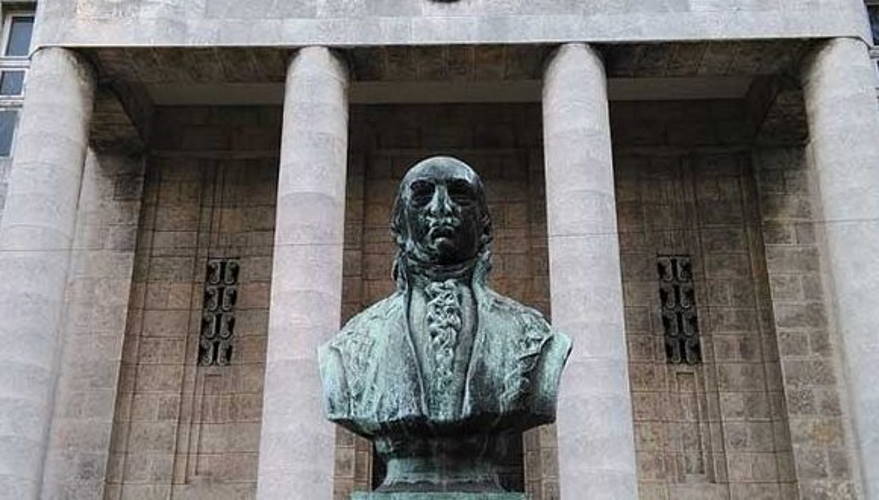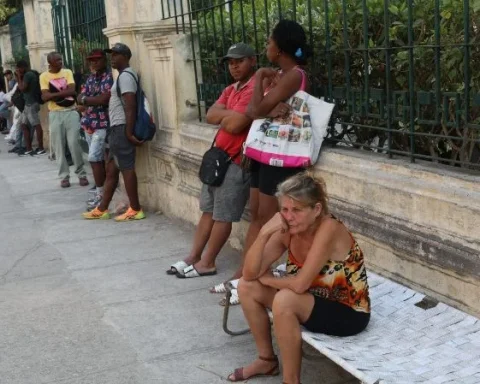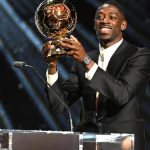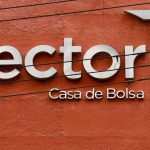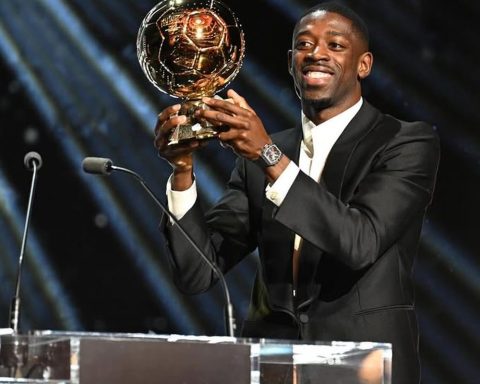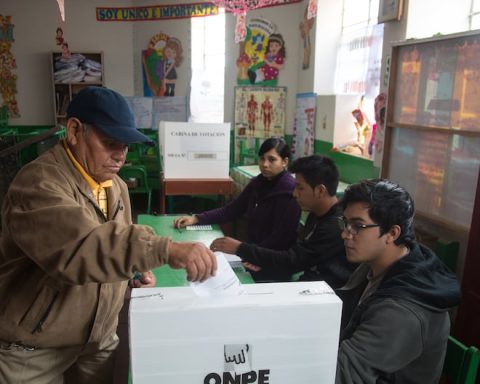Havana Cuba. — On January 9, 1793, the Economic Society of Friends of the Country of Havana (SEAP) was created.
The emergence of this organization had as background the application on the Island of the policy called “Enlightened Despotism”, implemented by Spain by the monarch Carlos III and through which the Spanish bourgeoisie promoted political and economic reforms that were extended to the colonies. possessed by the metropolis, including Cuba.
In the case of SEAP, it emerged as a social institution created at the request of distinguished Cuban personalities and intellectuals interested in solving the problems and backwardness existing in the country.
Its founding members were Diego de la Barrera, Francisco Joseph Basabe, José Agustín Caballero, Luis de Las Casas, Juan Manuel O’Farrill, Tomás Romay, Luis Peñalver and Antonio Robledo.
In its first decades the group produced publications, maintained a library in the Santo Domingo Convent (1800-1844), and organized educational programs. Around the 1790s, the group built the Hospicio or Casa de Beneficencia in Havana.
From its beginnings, it had a structure organized by sessions. In accordance with its statutes, it was created with the purpose of “promoting agriculture and commerce, cattle raising and popular industry and opportunely the education and instruction of youth.”
During the 18th and 19th centuries, the SEAP made important contributions to the Cuban economy and society: it promoted the deployment of the sugar industry; promoted the construction of the railway in the early date of 1837; he assumed the direction of the first Newspaper published on the Island; he founded the first chair of chemistry and that of political economy; the Academy of Painting and the Academy of Music; the first public library; many public schools. In 1831, the Revista Bimestre Cubana, official organ of the SEAP, saw the light.
Between 1902 and 1958 the SEAP prioritized the development of the social sciences and culture, and continued to support public schools. Likewise, it increased the funds and the provision of services of its library, only surpassed by the National Library of Cuba.
Although the Sociedad Económica de Amigos del País de La Habana still exists, its role after 1959 was diminished and limited by state interventionism in the island’s economy, reducing the hundred-year-old organization to a merely symbolic role.
Receive information from CubaNet on your cell phone through WhatsApp. Send us a message with the word “CUBA” on the phone +525545038831, You can also subscribe to our electronic newsletter by giving click here.
